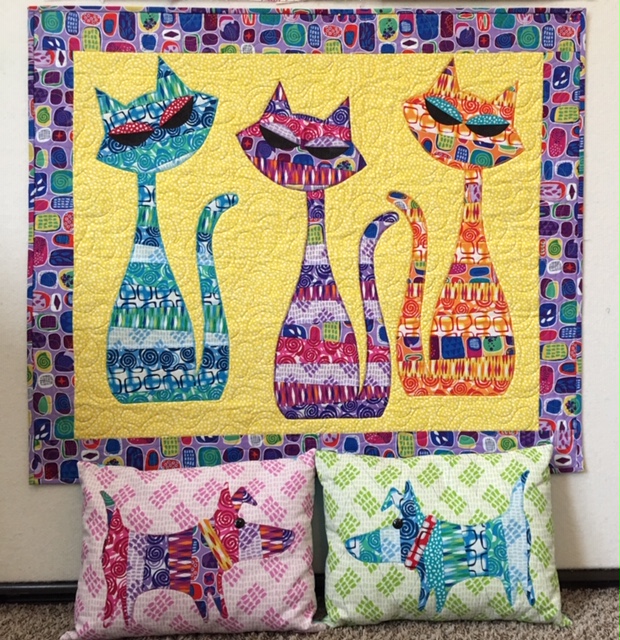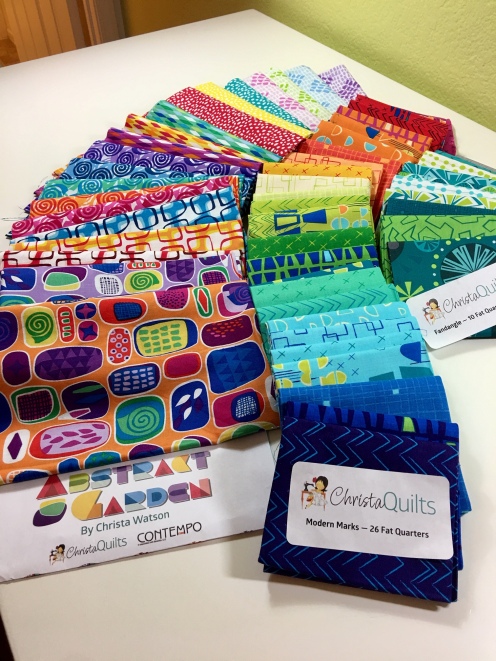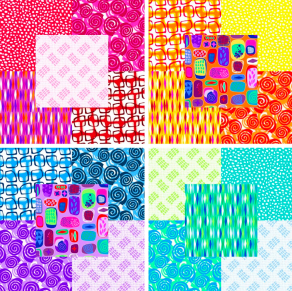 Welcome back! It’s our final week – Week #4 – of our Wonky Piecing & Easy Appliqué QuiltAlong ! This week is all about applique stitching your animal shapes to your background fabric and then finishing off your project into either a wallhanging or pillow!
Welcome back! It’s our final week – Week #4 – of our Wonky Piecing & Easy Appliqué QuiltAlong ! This week is all about applique stitching your animal shapes to your background fabric and then finishing off your project into either a wallhanging or pillow!
I’ll also be sharing with you how to get your sewing machine ready for machine applique, how to do some basic applique stitches, sew in and out of points and some very general “rules of the road” to perfect your own applique stitch! So let’s get started!

First off, my biggest tip to perfect applique stitching is: practice, practice practice…. Machine applique requires practice and alot of patience. You may want to review this blog post, watch my companion video or subscribe to our Colourwerx UTube channel. Then set yourself up with some basic scrap shapes like squares and circles on a background fabric and practice, practice, practice.
But first things first….
Set Your Machine Up For Success –
Here’s how I set my machine up for a day of applique:
1. Open Toe Presser Foot – a must! Notice that this foot has no bars or metal in the middle of the two outer prongs – this allows you to see the “open road” ahead of you while stitching. For me, it is a must have before I start any applique stitching;

2. Schmetz 90/14 Quilting Needle – here we go again 🙂 but this size and type needle is perfect for applique stitching and allows me to switch from thread to thread regardless of the thread thickness as I applique stitch;

3. Bobbin Thread – Regardless of the thread you choose for stitching around your shapes, I always use a neutral colored cotton 50 weight thread in the bobbin – usually the same weight and color thread that I piece my quilts with — something like a tan or light grey Aurifil 50 weight (look for the orange colored spool) works well. Although the exception to this is that if the piece will be finished as a wallhanging and I have already pre-quilted the background fabric, I will match my bobbin thread to the backing fabric – again, using a 50 weight thread;
4. Set Your Stitch to ZigZag – This is stitch #2 on my Bernina machine and my go-to stitch settings are: Width – 3.0, and Length – just under 0.8-0.9. This seems to be good starting point for me. Your machine may be slightly different and more than likely, you’ll need to adjust your settings as you practice and gain more confidence.

5. Very Important: Test Your Stitch & Adjust Your Tension – Once you have your machine set up, test your machine by stitching out a straight line of zigzag stitches.

Check your tension – common issues are these:
If you see the bobbin thread (gray) on top like this, adjust your tension dial to a higher number;

If you see the top thread (orange) on the bottom of your stitches like this, adjust your tension dial to a lower number;

If your stitches “caterpillar” like this – you’ll need to attach a stabilizer to the wrong side of your background fabric.


Stabilizer is just as the name suggests: it provides stability to your stitching and helps to avoid distorted stitches. Any stabilizer (like you use with digitized embroidery machines) will work just fine and even freezer paper works in a pinch! My favorite brand is Sulky Iron On Tear Away Stabilizer. (Sidenote: If you pre-quilted your background fabric, you won’t need to add a stabilizer. The batting acts like the stabilizer.)
Iron Your Shapes On to Your Background Fabric –
Once your machine is set up, you are ready to go and it’s time to iron your animal shapes onto your background fabric.
Score the release paper on the back of your applique shapes with a pin and then peel the release paper off.

Place your shapes in place on your background fabric – making sure that those shapes that are overlapped by others are placed down first. Once satisfied with placement, with a hot iron, press the shapes down applying at least 10-15 seconds of heat to the shape to secure it firmly to your background fabric.

You might want to make an overlay sheet for something like the ModFish which has several shapes overlapped on one another. This can be made from tracing paper or a dress making interfacing product called Pattern – Ease which is sold at stores like Joann’s. Pattern Ease is a non fusible, woven lightweight interfacing. I like it because I can trace my pattern on it, place it over my background and then move the individual shapes into place under the Pattern Ease. Once satisfied, I can iron right through the Pattern Ease to secure the shapes in place.
Additionally, I like to fuse the smaller shapes onto their bigger shapes and stitch around those smaller shapes before fusing that bigger shape onto the background fabric. Great examples of this are: the ModCat head and eyes and eyelids, or the ModDog eyeball; or the ModFish eye, or ModFish fin on the belly! .

Why make your job harder? Take for example the ModCat head, once the eyes and eyelids are fused in place, I leave the release paper on the wrong side of the head as it acts as a stabilizer and then I applique stitch around those shapes…I only have to wrestle with the head and concentrate on making my stitching around the eyes perfect and not deal with the whole background fabric, etc. Easy-peazy!
Applique Stitching “Rules of the Road” –
I’ll do my best to explain these here on the blog but if you are more of a visual learner than I would encourage you to check out my companion video to this week’s quilt along which is now posted on our Colourwerx website and Colourwerx UTube channel.
1. Starting: Whenever I start, I like to bring my bobbin thread to the top. This stops all of those nasty thread nests from occurring as you start. Turning your hand wheel one whole rotation, lower the needle into the fabric and then all the way back up again. Pull on the top threads and pop the bobbin thread up to the top. Now hold onto both the top and bobbin threads to start stitching. Secure the start of your stitch by either engaging your “secure stitch function” (check your manuals) or taking a stitch in place. You can also just start stitching and when you finish going around the shape, you can bring all the threads to the backside, knot the threads and tie off.
2. Start Stitching: Notice the photos below – the needle is “zagging” just to the outside of the applique shape and then “zigging” back onto the shape itself. The foot is NOT really positioned in “dead center” of the shape and the background fabric. The foot actually rides more onto the applique shape itself . This is where I personally like my zig zag stitch to fall when I stitch.
3. Stitching Around Curves: Again check out the companion video as that might help, but the general rule on stitching around curves is as follows:
…if it’s an outside curve, stop and pivot on the on the outside edge: to do this, stop with the needle down on the OUTSIDE edge of the applique, lift the presser foot with the needle still down, pivot (or turn toward you) the applique piece ever so slightly, drop the presser foot and take a stitch or two until you feel you need to stop again and pivot to maintain your stitch quality and position on the edge of the applique;
…if it’s an inside curve, stop and pivot on the inside edge: just as above, stop with the needle down on the INSIDE edge of the applique, lift the presser foot with the needle still down, pivot (or turn away from you) the applique piece ever so slightly, drop the presser foot and take a stitch or two until you feel you need to stop again and pivot to maintain your stitch quality and place on the edge of the applique.
When you are turning the corner and the stitch is falling on the outside edge of the applique, try to aim for the same exact point as you go around the corner (see the 4th picture where the purple pen indicates).
Straightaways are easy – curves and circles are not so easy because it requires patience and lots of stop and pivots , stops and pivots to stitch around the curve. You might find that it will take you just as long to stitch around a small curve as it does for you to stitch the rest of the applique with straightaways. A great example of this is the top of the cat tail or the little paws on the Mini ModDog. Be patient, slow down and practice.
3. Stitching In and Out Of A Point: There are some really beautiful ways of stitching in and out of points but this requires dialing your stitch width down and up again as you keep stitching (meaning reducing your stitch width as you approach the point and then increasing your stitch width as you stitch out of the point)…this is a little like rubbing your stomach and patting your head at the same time and takes a lot of practice.
I prefer to do a more “lazy man’s” way of stitching in and out of points. Stitch all the way down and directly over the point. Keeping the needle down, lift your presser foot and pivot the piece so that it is now at a 45 degree angle to the presser foot. Take one, (sometimes two) complete stitches so the needle is again on the outside edge but on the opposite side of the point. Again keeping the needle down, lift the presser foot and pivot the piece so you are ready to stitch down the new side. Continue on stitching. It’s appears a bit bulky but it works!
Now with that and a little practice – applique away!
Finish your Animal –
To Make Into a Wallhanging – Once all appliqué stitching is complete, trim your project down so the edges are neat and even. Here are the approximate measurements of my samples to give you an idea:
• Mini MoDog 12-1/2″ x 16-1/2″
• ModCat – 15″ x 21″
• ModFish – 21″ x 14-16
Bind the wallhanging as desired.
To Make Into a Pillow – Once all appliqué stitching is complete, trim your project down so the edges are neat and even. I’ll explain in detail below what I do for a Mini ModDog, but if you are making a Cat or Fish, you may want to find the appropriate size pillow form first and then cut the project 1/2″ larger than the pillow size and then size the backing fabric accordingly using the Mini ModDog examples below.
Trim the Mini ModDog to 12-1/2″ X 16-1/2″.
I use a Travel Pillow Form for my Mini ModDogs that measures 12″ x 16″.
Cut the Backing Fabric into 2 pieces: 12-1/2” x 14-1/2” and 12-1/2” x 12-1/2”. Turn and press only one outer edge (not the 12-1/2” edges though) of each backing piece 1/4” over twice to the wrong side to encase the raw edge. Topstitch down the edge to secure. Place the two backing fabric units RIGHT SIDES TOGETHER over the Mod Dog and stitch around all sides. Turn the unit right side out and poke out the corners. Stuff with a 12” x 16” travel pillow form through the slit on the backside.
This now concludes our Wonky Pieced & Easy Applique QuiltAlong – send me your pictures so we can see your cute and fun Wonky Pieced Mod Animals!!
Thank you so much for following along and for your continued support! Look for more Colourwerx QuiltAlongs on our Colourwerx Facebook page or on our website under QuiltAlongs!
Until your next colour fix – happy quilting! Linda & Carl xxoo































 Welcome back! It’s Week #3 of our Wonky Piecing & Easy Appliqué QuiltAlong ! This week we’ll be machine quilting the background fabric.
Welcome back! It’s Week #3 of our Wonky Piecing & Easy Appliqué QuiltAlong ! This week we’ll be machine quilting the background fabric.
































 Welcome back! It’s Week #2 of our Wonky Piecing & Easy Appliqué QuiltAlong ! This week we’ll be creating our Wonky Piecing Strip Sets, fusing your animal shapes onto those strips sets and then cutting out the animal shapes.
Welcome back! It’s Week #2 of our Wonky Piecing & Easy Appliqué QuiltAlong ! This week we’ll be creating our Wonky Piecing Strip Sets, fusing your animal shapes onto those strips sets and then cutting out the animal shapes.










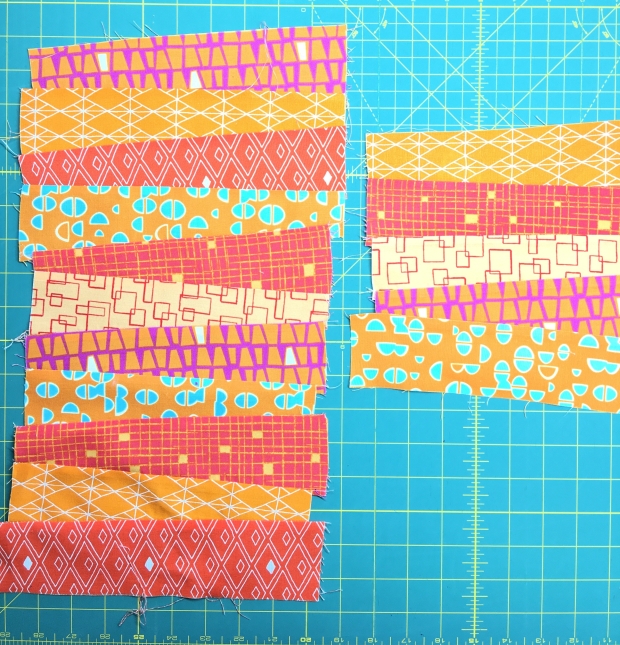











 Hello! And welcome to the ‘first week’ of our third Colourwerx QAL (quilt along) where we’ll be stitchin’ up Wonky Piecing and doing Easy Machine Appliqué – the fun part about this QuiltAlong is you get to choose which animal you’d like to make – A Mini ModDog, a ModCat or a pair of ModFish!
Hello! And welcome to the ‘first week’ of our third Colourwerx QAL (quilt along) where we’ll be stitchin’ up Wonky Piecing and doing Easy Machine Appliqué – the fun part about this QuiltAlong is you get to choose which animal you’d like to make – A Mini ModDog, a ModCat or a pair of ModFish!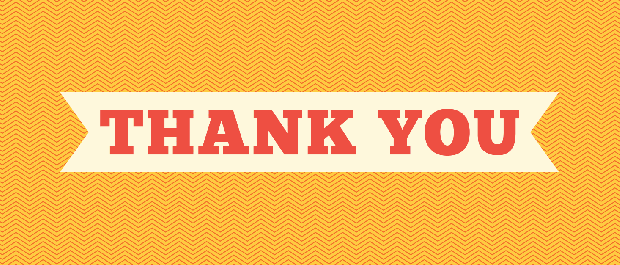








 NOTE for PDF Pattern Users: If you purchased a PDF pattern before tracing the shapes, make sure that when you printed out your pattern page you maintained the correct scale for the pattern shapes. You can do this by placing your ruler on the 1″ scale graphic included on each pattern shape page. If it measures correctly, you are ready to start tracing. If it measures less or more than the 1″ scale, then you will need to adjust your printer settings to “Print Actual Size” and reprint the pattern pages until the 1″ scale measures correctly.
NOTE for PDF Pattern Users: If you purchased a PDF pattern before tracing the shapes, make sure that when you printed out your pattern page you maintained the correct scale for the pattern shapes. You can do this by placing your ruler on the 1″ scale graphic included on each pattern shape page. If it measures correctly, you are ready to start tracing. If it measures less or more than the 1″ scale, then you will need to adjust your printer settings to “Print Actual Size” and reprint the pattern pages until the 1″ scale measures correctly.

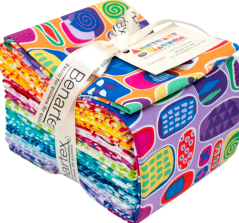
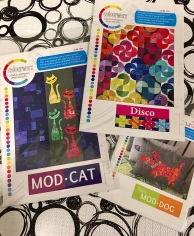 We’re one of the last stops on the hop so first let me say – there are giveaways!!! Yippee! Christa and the nice folks at Benartex are giving away an Abstract Garden Fat Quarter Bundle and we here at Colourwerx are also throwing in a pattern pack of the three patterns we used when making the projects you see here:
We’re one of the last stops on the hop so first let me say – there are giveaways!!! Yippee! Christa and the nice folks at Benartex are giving away an Abstract Garden Fat Quarter Bundle and we here at Colourwerx are also throwing in a pattern pack of the three patterns we used when making the projects you see here: 